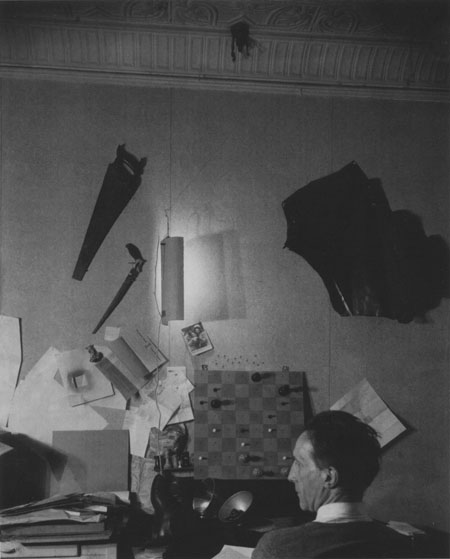“The designer is therefore the artist of today, not because he is a genius but because he works in such a way as to re-establish contact between art and the public, because he has the humility and ability to respond to whatever demand is made of him by the society in which he lives, because he knows his job, and the ways and means of solving each problem of design. And finally because he responds to the human needs of his time, and helps people to solve certain problems without stylistic preconceptions or false notions of artistic dignity derived from the schism of the arts.”
(Bruno Munari, Design as Art, trans. Patrick Creagh, p. 32.)
cf. Apollinaire on Duchamp:
“Just as a work by Cimabue was paraded through the streets, our century has seen Blériot’s airplane, bearing the weight of humanity, of thousands of years of endeavour, and of necessary art triumphantly paraded through Paris to the Arts-et-Métiers museum. It will perhaps fall to an artist as free of aesthetic considerations and as concerned with energy as Marcel Duchamp to reconcile Art and the People.”
(The Cubist Painters, trans. Peter Read, p. 75.)
